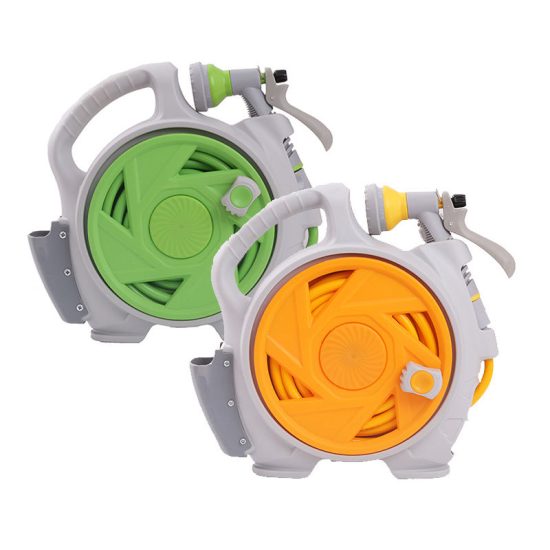The evolution of silicone hoses has been a result of continuous advancements in materials, manufacturing techniques, and the expanding needs across various industries. Here’s an overview of the key stages in the evolution of silicone hoses:
- Introduction of Silicone Rubber: Silicone rubber, the primary material used in silicone hoses, was first developed in the mid-20th century. It gained attention due to its exceptional temperature resistance, flexibility, and inert nature, leading to its use in various applications.
- Early Applications: Initially, silicone hoses found applications in niche industries like aerospace and aviation due to their ability to withstand extreme temperatures and harsh environments. They were used in critical components of aircraft engines, fuel systems, and other specialized areas.
- Expansion in Automotive Industry: As silicone hoses proved their effectiveness in high-temperature environments, they gained popularity in the automotive sector. Their use expanded to include cooling systems, turbochargers, intercoolers, and other parts of internal combustion engines, replacing traditional rubber hoses.
- Advancements in Manufacturing: Technological advancements in manufacturing processes allowed for the production of silicone hoses in various shapes, sizes, and configurations. Extrusion and molding techniques improved, enabling the creation of complex designs and customized hoses for specific applications.
- Regulatory Approvals: Silicone rubber’s inert nature and resistance to extreme temperatures made it suitable for industries with stringent regulations, such as food and pharmaceuticals. Silicone hoses gained FDA approval and other certifications, allowing their use in food processing, medical devices, and pharmaceutical manufacturing.
- Enhanced Performance and Durability: Research and development efforts focused on enhancing silicone hose performance. Manufacturers introduced reinforced silicone hoses with layers of fabric or wire to improve pressure resistance, durability, and flexibility while maintaining high-temperature capabilities.
- Diversification Across Industries: The versatility of silicone hoses led to their adoption in various industries beyond automotive, aerospace, and healthcare. They found applications in the food and beverage industry, renewable energy systems, electronics, industrial manufacturing, and more.
- Ongoing Innovations: Continuous research and innovation continue to drive improvements in silicone hose technology. Efforts are directed towards developing specialized formulations, improving heat resistance, increasing flexibility, and enhancing chemical resistance to meet the evolving needs of diverse industries.
Overall, the evolution of silicone hoses has been marked by advancements in material science, manufacturing processes, and a growing understanding of their versatile properties. This evolution has enabled silicone hoses to become indispensable components in numerous critical applications across a wide range of industries.

